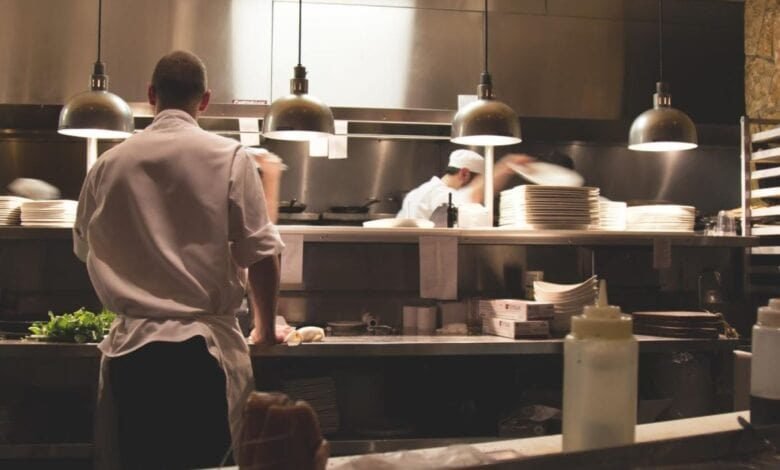How to Avoid Cross-Contamination for Optimum Food Safety

Whether you cook at home or in a restaurant, we all make efforts to avoid cross-contamination. Yet, in a restaurant, it’s even more critical to ensure the food you make is safe because your customers’ health is on the line.
Allergens, chemicals, and of course, pathogens can all be to blame for causing food-borne illnesses. Don’t let your restaurant be the reason a customer gets sick.
There are plenty of things you can do regularly to make sure your food remains contaminant-free and safe for all of your customers.
Use a Microbiology Lab
You never want to hear that a customer has suffered a food-borne illness at the hands of your restaurant. But if you suspect this to be the case, you should have your kitchen-tested immediately.
Microbial testing can also help you keep tabs on the cleanliness and sanitation standards of your kitchen space.
Choosing the right lab to perform these tests is important too. Take careful consideration when selecting a lab. Make sure they are reputable or even specialize in restaurant surface testing.
Educate Food Handlers
The people who handle your customer’s food should all be educated about how to avoid cross-contamination. Handwashing and proper drink handling are easy ways to reduce the chances of cross-contamination.
Your staff should have basic food service certifications and be able to show them. They should also know how to communicate with kitchen staff and servers. This is the best way to ensure all protocols and safety measures are being followed.
Sometimes cross-contamination occurs with allergens. If your staff is educated about which common allergens are in your dishes, they can avoid contaminating customers’ food.
Clearly and Carefully Store Chemicals
Illness can also arise from chemical cross-contamination. When chemicals are stored or mislabeled, your kitchen risks the chance that food may come in contact with them. Always put chemicals back where they belong, away from surfaces where food may touch.
And as you should for every aspect of food preparation, wash your hands any time you or your staff come in contact with an unsanitary surface before going back to handling food.
Store Food the Right Way
All food, especially raw meats and greens, should be stored at the correct temperature and location. These are known as Potentially Hazardous Foods (PHFs) and should make minimal contact with other foods and surfaces.
These are well-known for transferring bacteria and viruses to other elements of a meal. If you suspect that there has been cross-contamination, you must sanitize if possible or get rid of the contaminated food.
Avoid Cross-Contamination
As a restaurant owner, your priority should be the safety and satisfaction of your team and customers. It’s not hard to avoid cross-contamination, but you have to put in the work. Regularly testing your kitchen for harmful microbes and following proper procedures goes a long way.
For more news, business, and health information, check out a few more of our articles like this one!






